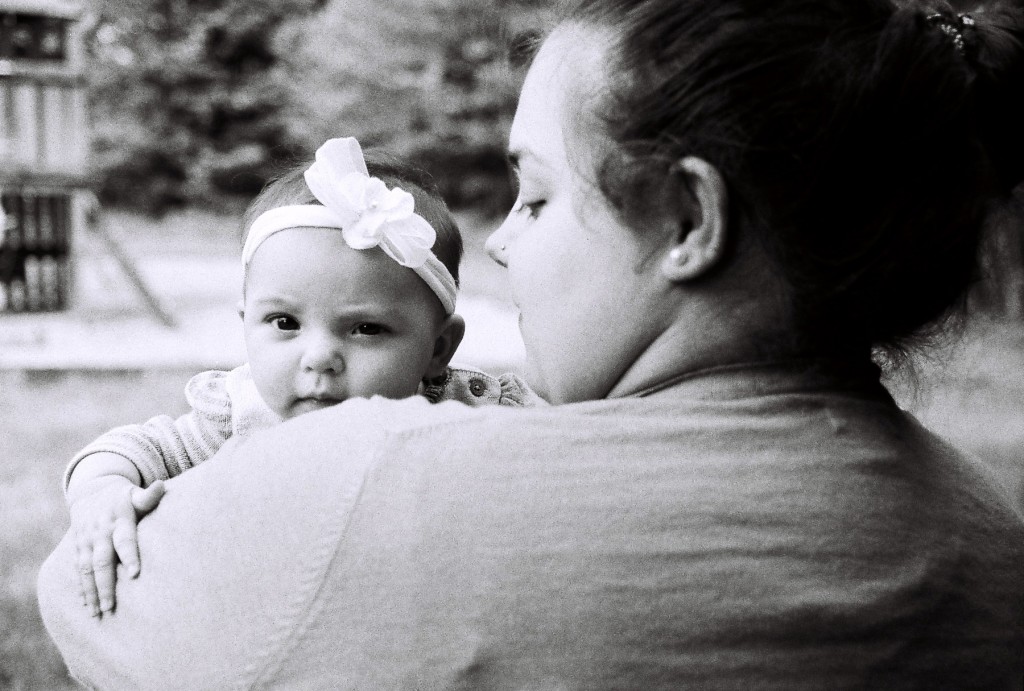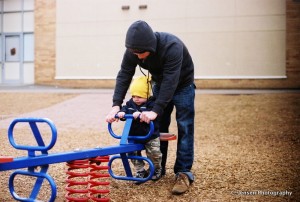
Humans are constantly creating change. It is something that makes us human. Whether decorating and furnishing an empty room, creating political movements, starting a business, or making a piece of art – we have this ability to see something that doesn’t yet exist, and to then bring it into reality. It’s an amazing ability, really, and something that we strive to do. But how did we develop this ability?
The answer exists in childhood, and how “the same abilities that let children learn so much about the world also allow them to change the world” (Gopnik, pg. 21)
Counterfactuals
From a very young age we see that humans begin to develop counterfactual thinking. Counterfactuals are other possible realities in the mind. For example, what would have happened if… I sleep through my alarm clock and miss an appointment tomorrow? My mind can create different ideas of challenges, or opportunities that this situation could cause. Counterfactuals are regrets/possibilities of the past, and ideas about our future. As Allison Gopnik states in her book “The Philisophical Baby”…
We’ve found out that even very young children can already consider possibilities, distinguish them from reality, and even use them to change the world. They can imagine different ways the world might be in the future and use them to create plans. They can imagine different ways the world might have been in the past, and reflect on past possibilities. And, most dramatically, they can create completely imaginary worlds, wild fictions, and striking pretenses. (Gopnik, pg. 20)
Counterfactuals are seen in children as they imagine possibilities and imaginary worlds.
Pretending and Imagination
Before 18months, a baby plays merely by moving, exercising important muscle groups for development. Play is for development – hence the often heard phrase that play is the work of the child. After 18 months play begins to look different, the child pretends and use their imagination. Children are putting together casual knowledge about the world around them. When they hit their brother, he cries. When I eat, I grow. With these basic understandings, they can cultivate this knowledge using their imagination (counterfactuals). Given what the child knows about the world around them, they can use their casual knowledge, paired with counterfactuals and determine what would happen if they were a princess in a far away land with purple hair, or if they were in a jungle surrounded by animals.
Imaginary Friends & Paracosms
Imaginary friends are a mystery to some. Does the child really think that someone else is there? Is it a ghost he/she is talking to? A friend from a past life? A psychologist named Marjorie Taylor studied the phenomenon of Imaginary friends and found that “many… imaginary companions had a poetic appeal”. In reviewing Taylor’s studies, Gopnik states:
In Taylor’s studies there were a few relatively small statistical differences between the children who had imaginary companions and those who did not, but often these differences were not what we would expect. Older and only children were more likely to have imaginary companions than younger siblings, but outgoing children were also more likely to have imaginary companions than shy children. Children who watched a lot of television were less likely to have imaginary companions, but that was also true of children who read a lot of books – children who were immersed in someone else’s imaninary world seemed less likely to create such a world themselves.
Through research we see that imaginary friends are no signifier of a child’s intelligence, they are not a sign of trauma but are just fun. As the child has developed understanding in the world around them (counterfactuals and casual knowledge of other people) imaginary companions are an exercise in what they know about people. “Research shows that children’s imaginary companions are linked to what they learn about other people.” (Gopnik, pg. 65)
As the child continues to understand the people around them, they often create “paracosms”. A paracosm is a more complicated version of a single imaginary companion, and instead is an imaginary society. Gopnik gives the example of a child who “created a planet called Rho Ticris inhabited by gigantic hounds called dune dogs, the Blue (blue-skinned humanoids), and the Dire Grim, a sinister race with seven rows of teeth.”
Imagination & the Adult
The development of the imagination is an important one for the adult in almost any circumstance. So, the next time you have a great idea, create a beautiful painting, rearrange your living room, or petition your ideas for a better world – thank your inner child who developed the ability to ask “what if?” and discovered the possibilities.
(In my next post I’ll be discussing ways to encourage imagination in children’s domestic space)


